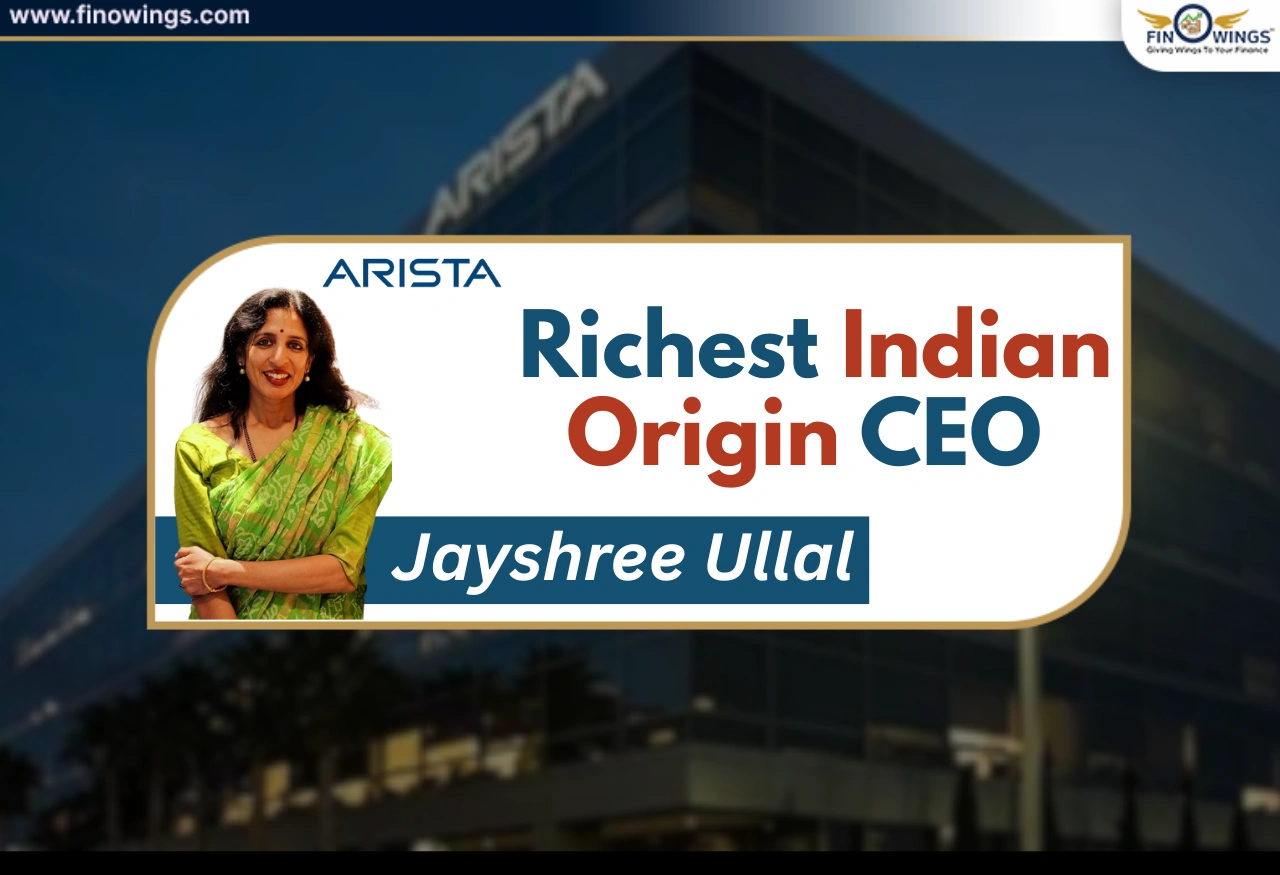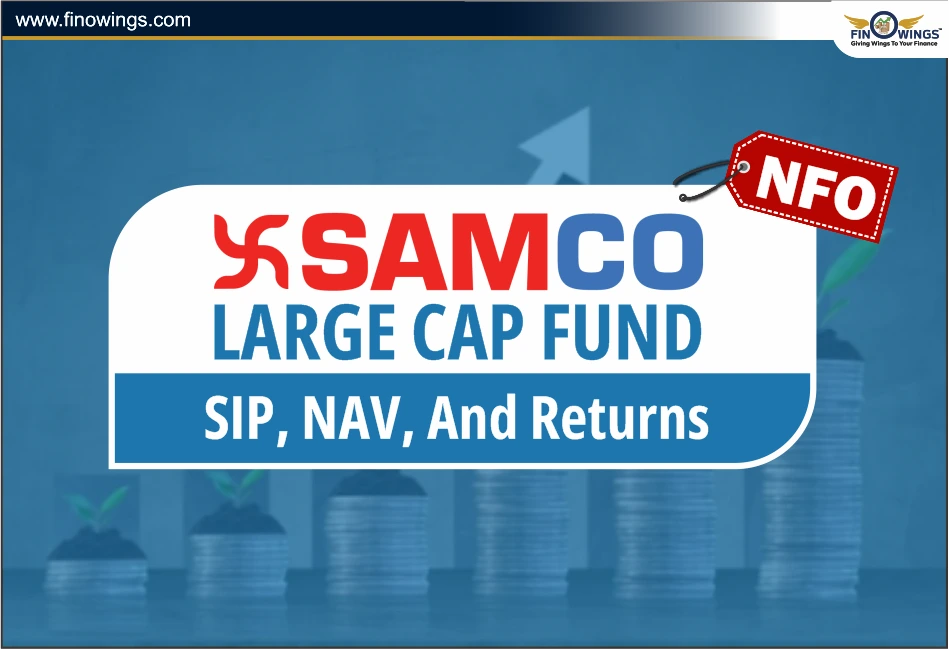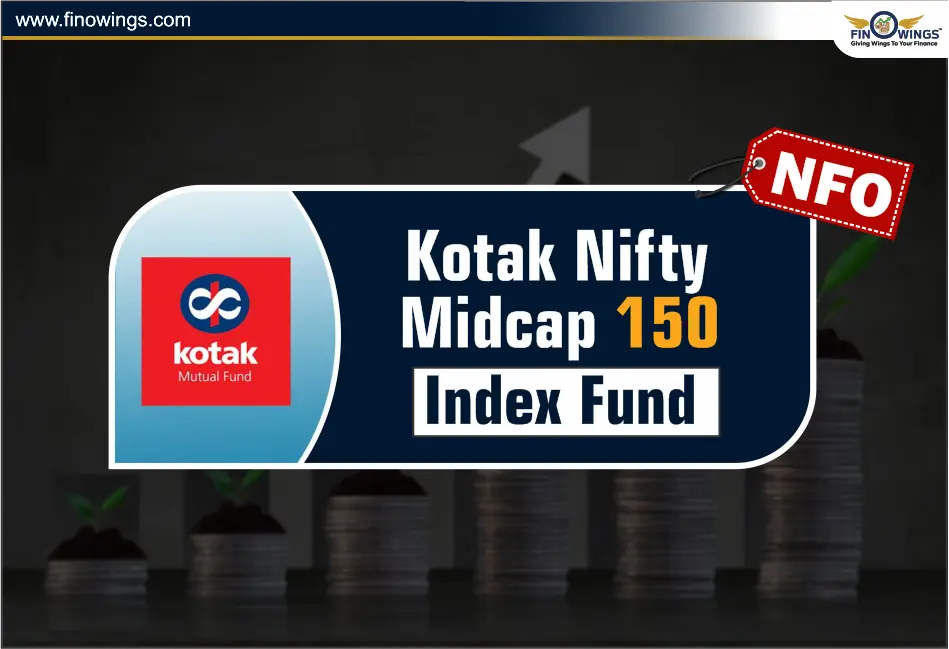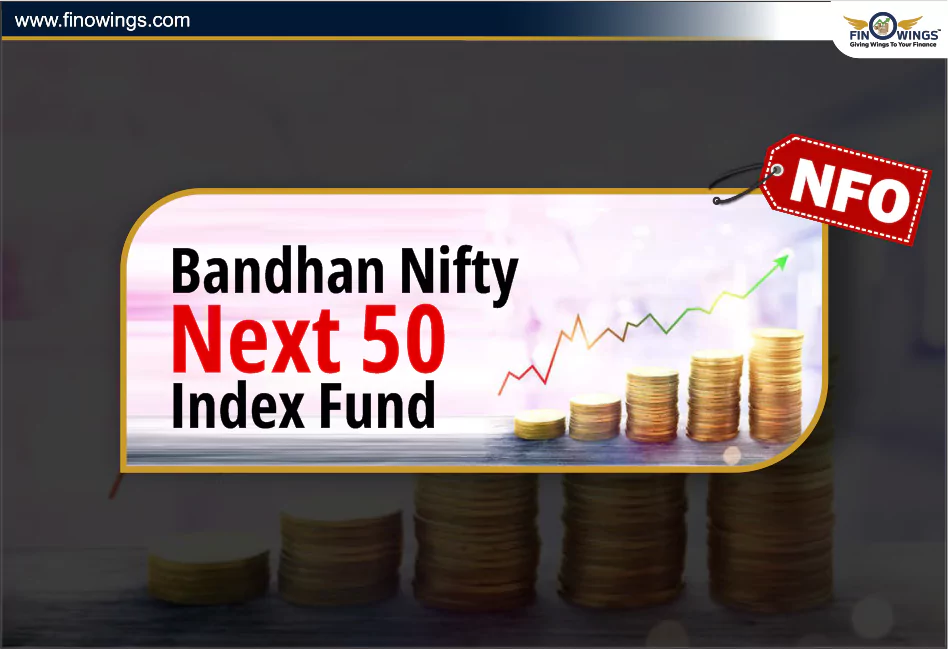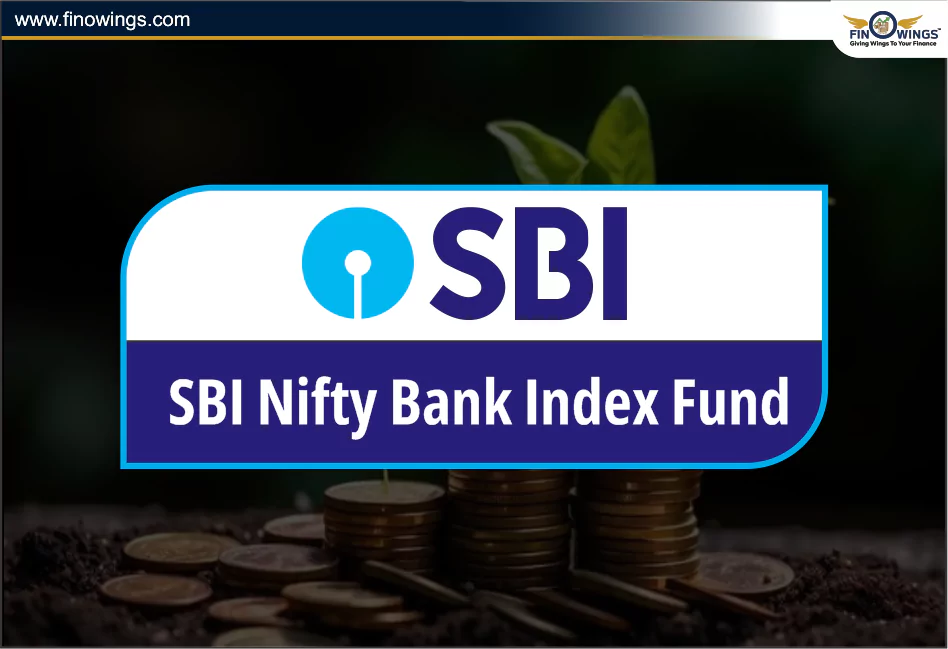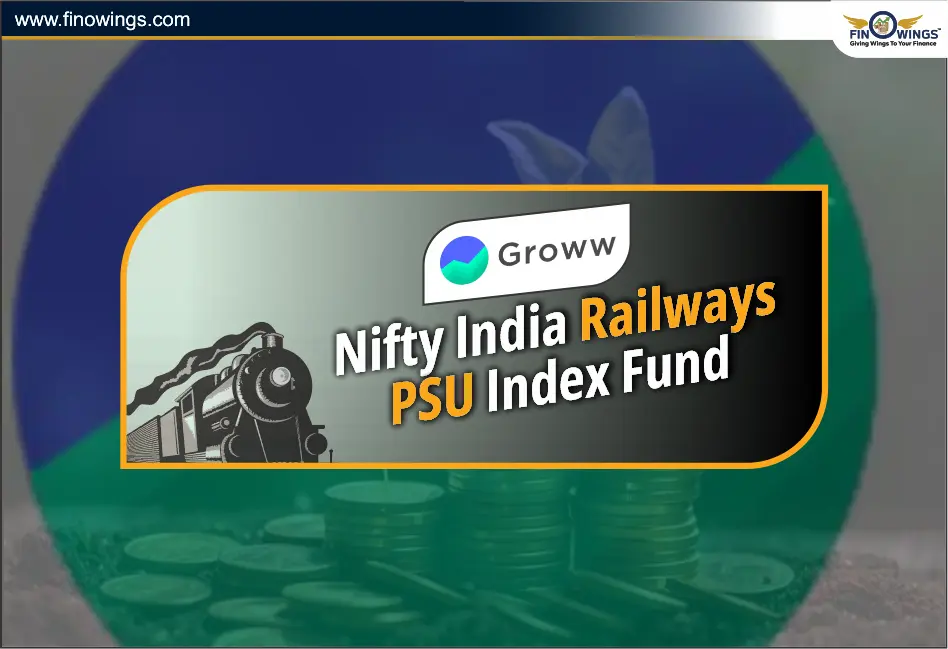Home >> Blog >> Helios Large & Mid Cap Fund NFO: Date, Review & NAV
Helios Large & Mid Cap Fund NFO: Date, Review & NAV

Table of Contents
- Helios Large & Mid Cap Fund: Complete Overview
- Fund Objective
- Helios Mutual Fund Details
- Helios Large & Mid Cap Fund Benefits
- Who Should Invest?
- Index Methodology
- Nifty Large Midcap 250 Total Return Index Returns
- Fund Overview
- How to Invest in the Scheme After the Closure of the NFO?
- Peers of Helios Large & Mid Cap Fund
- Risk Factors In Such Funds
- Past Performance of Nifty Large Midcap 250 Total Return Index Funds
- Helios Large & Mid Cap Fund-Fund Managers
- Conclusion
Helios Large & Mid Cap Fund: Complete Overview
Helios Mutual Fund launches Helios Large & Mid Cap Fund under Helios Capital Asset Management Pvt Ltd. It is an open-ended scheme that will invest in both large-cap & mid-cap stocks. The NFO dates are 10 October 2024 to 24 October 2024.
Investors will have access to a well-rounded selection of high-potential businesses in various market niches through the actively managed program.
The Scheme’s assets allocation shall be 35-65% in equity & equity related instruments of large-cap companies, 35-65% in equity & equity related instruments of mid-cap companies, 0-30% in other than large and midcap companies’ equities and equity-related instruments, and 0-30% in debt and money market instruments.
Fund Objective
The fund invests in a portfolio predominantly composed of equities and equity-related instruments of large-cap and mid-cap corporations with the goal of generating long-term capital appreciation.
For more information about this new NFO Mutual Fund keep reading.
Scheme Plan:
Helios Large & Mid Cap Fund-Direct Plan
Helios Large & Mid Cap Fund-Regular Plan
Helios Mutual Fund Details
-
AUM of over Rs.1350.49 crore.
Helios Large & Mid Cap Fund Benefits
-
Overseen by a group of fund managers with more than 25 years of combined experience in the equities market.
-
Reduced inherent risk by carefully selecting companies.
-
Dedication to pragmatism, stability, and disciplined investing to provide investors with a sustainable investment experience.
-
Perfect for reducing risk by spreading exposure across stable large caps and high-growth potential midcaps.
-
Offers the critically important balance between pure midcap and large-size investments.
-
A single fund that offers exposure to both large-cap and mid-cap equities can save transaction costs and portfolio churn.
Who Should Invest?
-
Knowledgeable investors who take on more risk.
-
Investors looking to build long-term wealth.
-
Investors trying to strike a balance between midcap and large-cap stocks.
-
Investors wishing to use SIP to increase their corpus.
Index Methodology
Periodic Capped Free Float.
Nifty Large Midcap 250 Total Return Index Returns
The index returns have been for 1 year and 5 years are 43.54% and 25.53% respectively.
Click Here To Stay Updated With The Upcoming NFO.
Fund Overview
|
Start Date |
10 October 2024 |
|
End Date |
24 October 2024 |
|
Allotment Date/Subscription Date/Re-open Date |
The scheme reopens on or earlier than 04 November 2024, for continuous sales and repurchases. |
|
VRO Rating |
- |
|
Expense Ratio |
Nil |
|
Exit Load |
1%, if units are redeemed within 90 days. |
|
AUM |
Rs.1350.49 crore. |
|
Lock-in |
NA |
|
Stamp Duty |
0.005% (From July 1st 2020) |
|
Benchmark(s) |
Nifty Large Midcap 250 Total Return Index |
|
Min. Investment |
Rs.5000 and in multiple of Rs.1 thereof. |
|
Risk |
Very High Risk |
|
Short-Term Capital Gains (STCG) |
For less than a year, a 20% Tax is applicable |
|
Long-Term Capital Gains (LTCG) |
For more than 1 year, a 12.50% Tax is applicable above the gain of Rs.1.25 lac in a financial year. |
How to Invest in the Scheme After the Closure of the NFO?
If you have missed participating in the NFO and now want to invest in the same Scheme on a continuous basis, then on 04 November 2024, when the Scheme will reopen; you will have the option to participate and invest directly in the Mutual Fund by spending at NAV based price by logging on to your Demat account and search for “Helios Large & Mid Cap Fund” or directly with the AMC or simply click the ‘Banner’ below.
Asset Allocation (% of Total Assets) of the Scheme's portfolio will be as follows:
|
Types of Instruments |
Minimum Allocation (% of Total Assets) |
Maximum Allocation (% of Total Assets) |
Risk |
|
Equity & equity-related instruments of large-cap companies, 35-65% in, 0-30% in, and 0-30% in |
35 |
65 |
Very High |
|
Equity & equity-related instruments of mid-cap companies |
35 |
65 |
Very High |
|
Other than large and midcap companies’ equities and equity-related instruments |
0 |
30 |
Very High |
|
Debt and money market instruments. |
0 |
30 |
Low to Medium |
Peers of Helios Large & Mid Cap Fund
|
Scheme |
1Y Return |
AUM (Rs.) / Fund Size (Rs.) |
|
Quant Large and Mid Cap Fund Direct-Growth |
51.94% |
3827.97 Cr |
|
Bank of India Large & Mid Cap Equity Fund Regular |
38.96% |
378.34 Cr |
|
HSBC Large and Mid Cap Fund Regular-Growth |
49.33% |
3,718 Cr |
Risk Factors In Such Funds
-
Large-cap stocks (minimum 35% and maximum 65% of the portfolio) and mid-cap stocks (minimum 35% and maximum 65% of the portfolio) will make up the Scheme's equity holdings. Additionally, the Scheme may invest up to 30% in money market instruments, debt, and/or small-cap equities.
-
It's vital to remember that small and mid-cap companies might be more volatile and risky relative to giant blue-chip stocks, even while they offer an opportunity to invest in firms that may appreciate more. Consequently, investment in small and midcap stocks carries a higher risk profile than investing in the stocks of large, well-established corporations. It should be mentioned that small, mid, and large-cap stocks have all shown varying degrees of volatility and return on investment over time.
-
Because of their volatility, markets are susceptible to significant declines in response to unfavorable political, regulatory, market, or economic developments.
-
Compared to large-cap companies, small and mid-size companies are more vulnerable to liquidity risk since their capacity to sell is restricted by the volume of trading in the assets in which they invest.
-
Due to their inherent instability, markets can see large decreases in reaction to adverse developments in the political, regulatory, market, or economic spheres.
Past Performance of Nifty Large Midcap 250 Total Return Index Funds
|
Scheme |
NAV (Rs.) |
Annualised Return |
Risk |
|
Quant Large and Mid Cap Fund Direct-Growth |
137.93 |
51.94% |
Very High |
|
Bank of India Large & Mid Cap Equity Fund Regular |
90.56 |
38.96% |
Very High |
|
HSBC Large and Mid Cap Fund Regular-Growth |
28.33 |
49.33% |
Very High |
Helios Large & Mid Cap Fund-Fund Managers
-
Mr. Alok Bahl.
-
Mr. Pratik Singh.
Conclusion
The Helios Large & Mid Cap Fund is invested in large as well as mid-cap. This method will be very appropriate in a balanced approach with long-term capital growth. This could appeal to investors seeking stability with growth potential, as the diversification of assets by strong fund managers could be helpful to the investor. However, investing in mid and small-cap stocks comes with more associated risks. Investors need to evaluate their risk tolerance and long-term objectives.
Disclaimer: This NFO analysis is provided solely for informative purposes and should not be considered investment advice. Always conduct research and talk with a financial advisor before investing.
Author
Frequently Asked Questions
Samir Arora.
The great options for investors who are willing to take on a little bit more risk and have a long-term holding are large and mid-cap funds. The top 250 listed stocks in the market are the investments made by this type of fund.
NAV expands as Net Assets Value.







